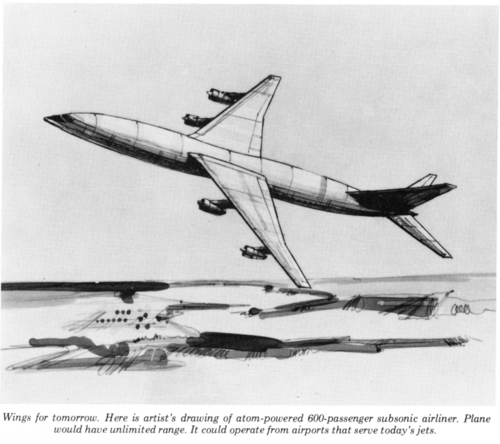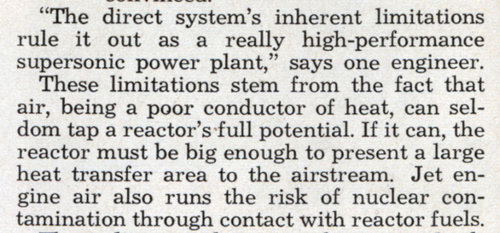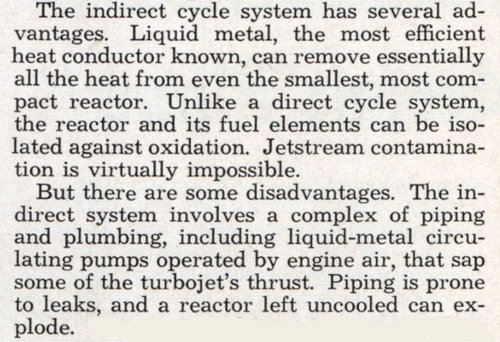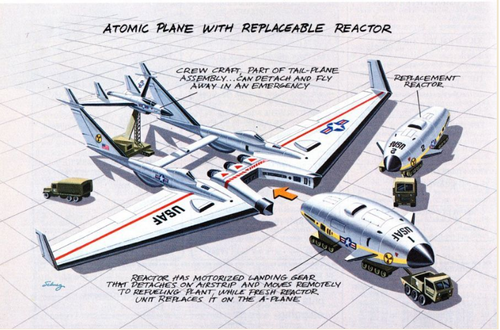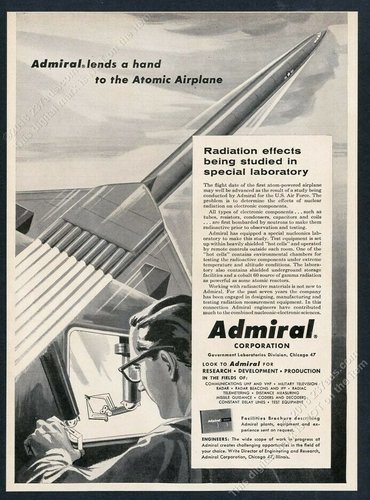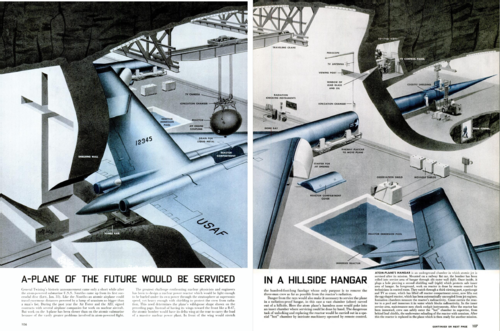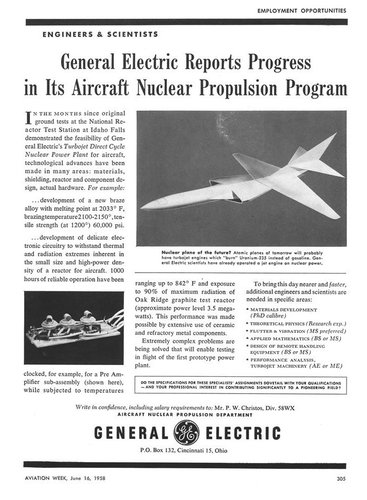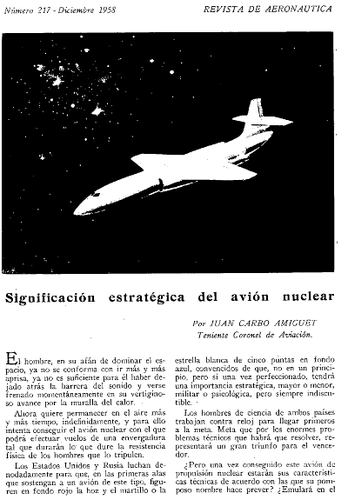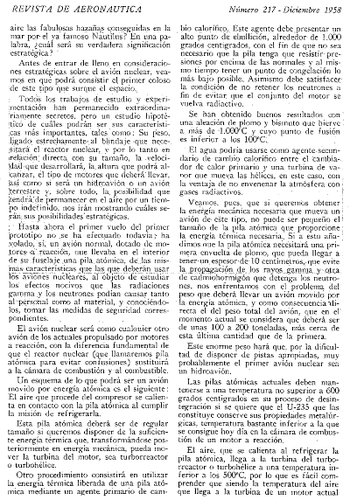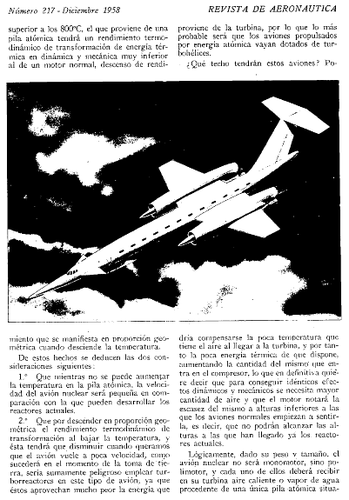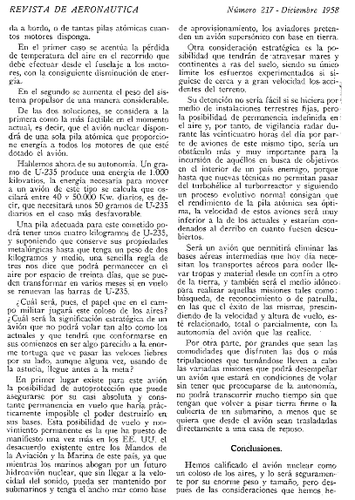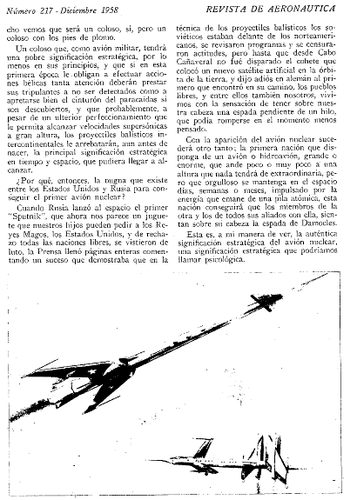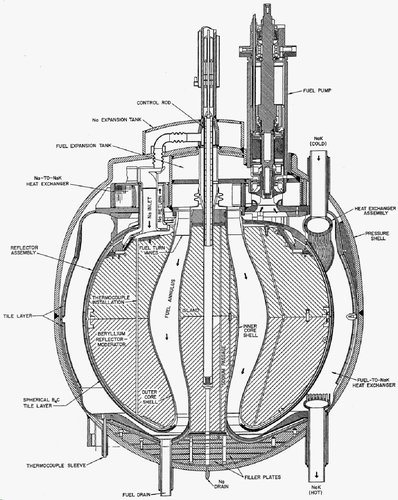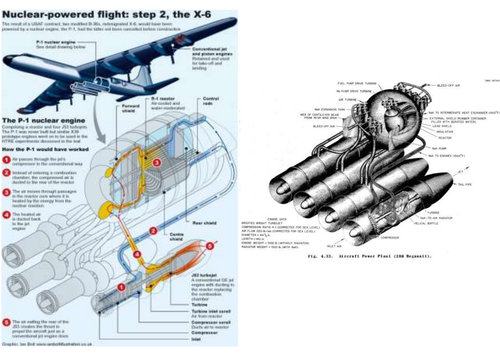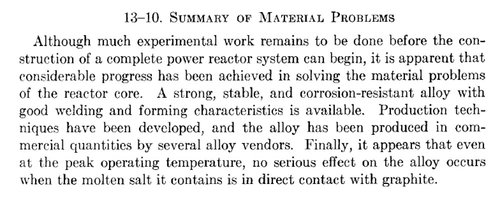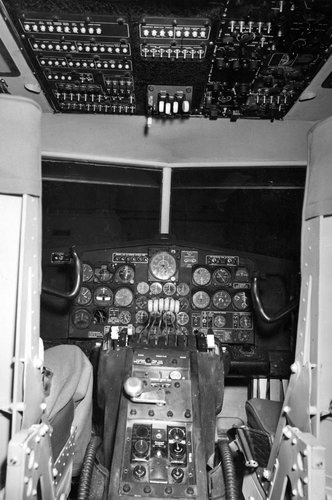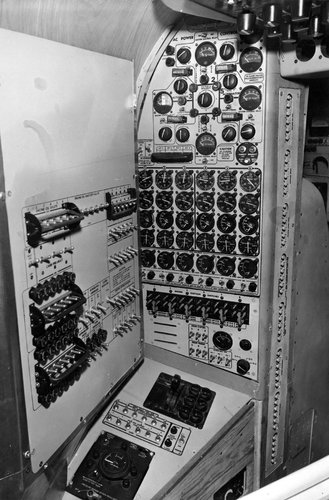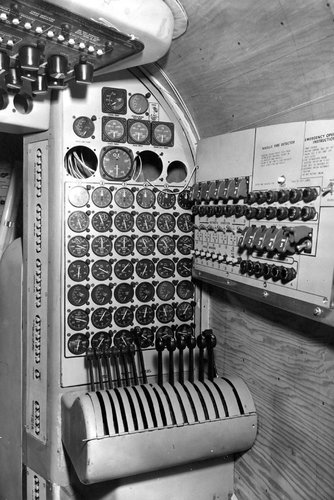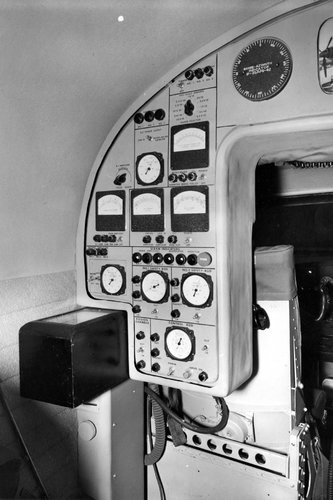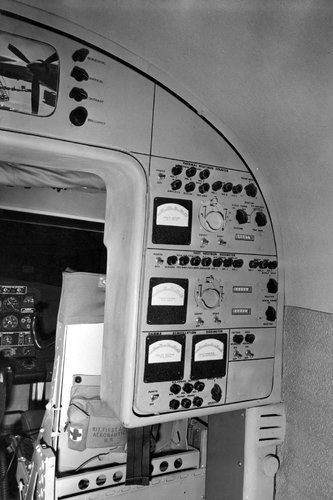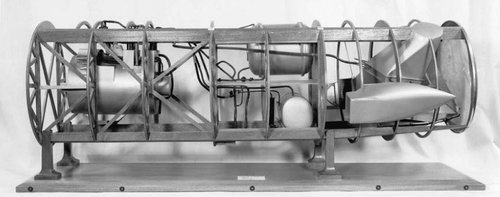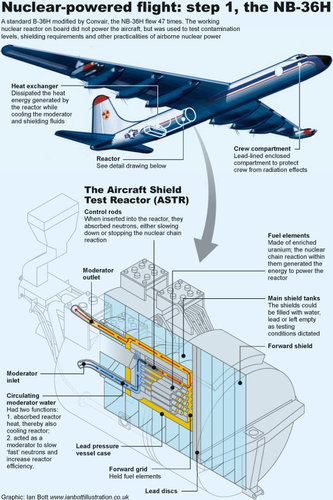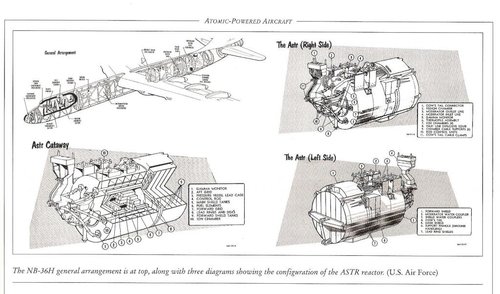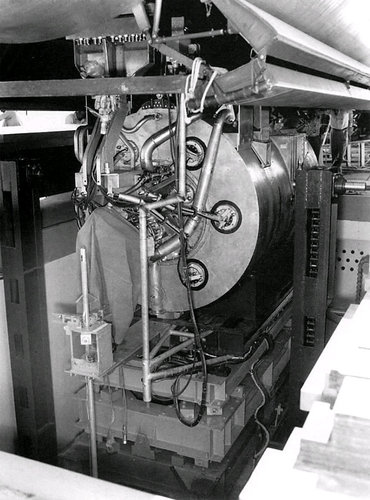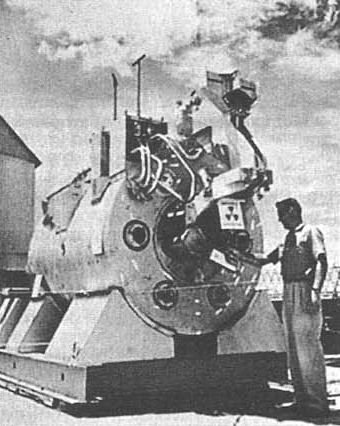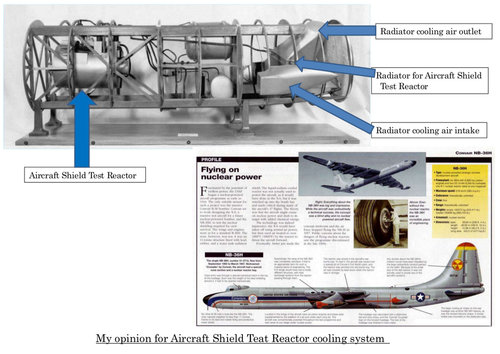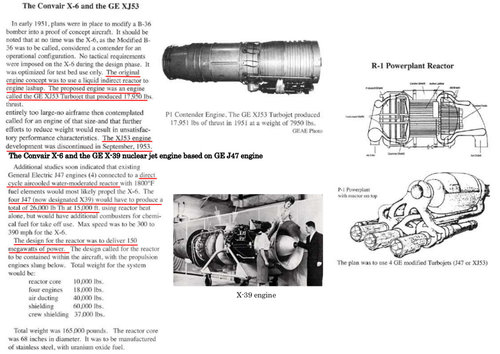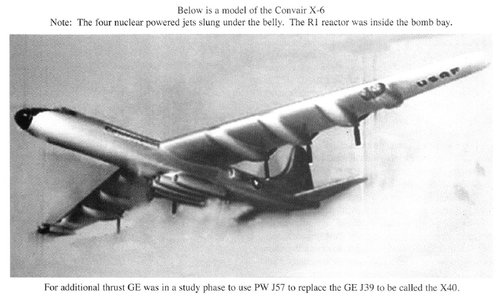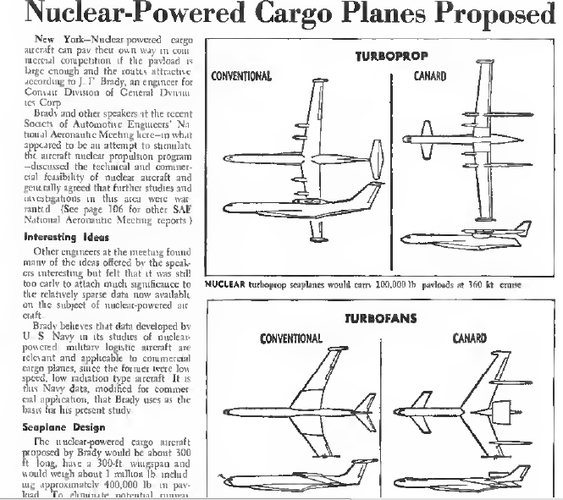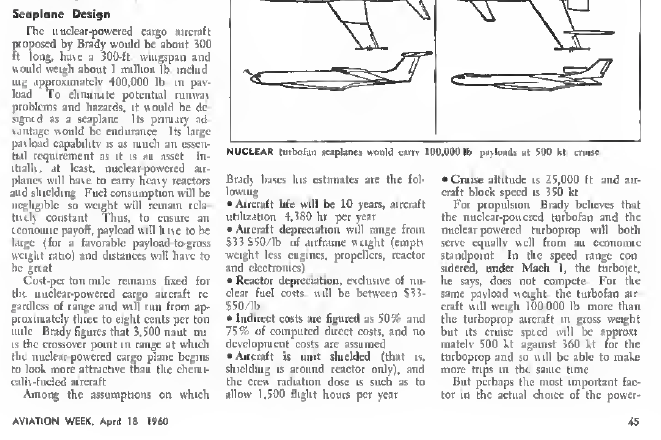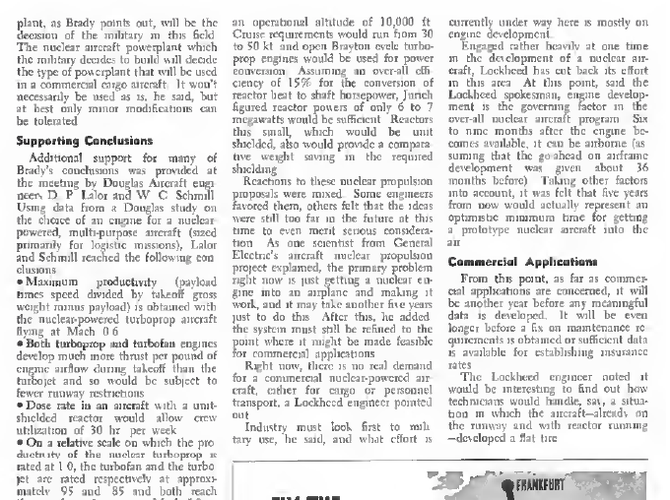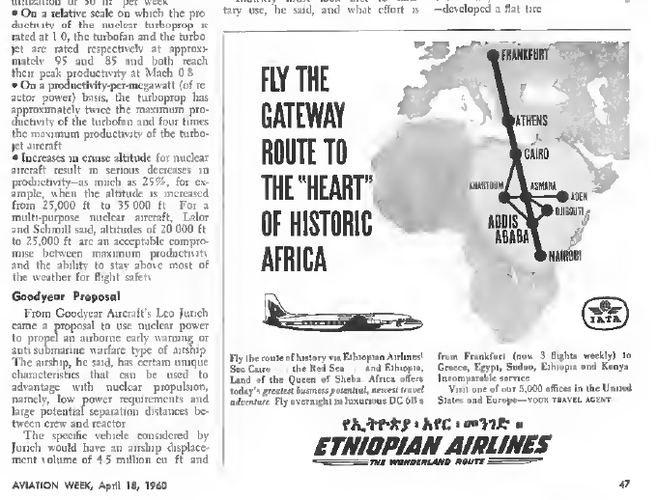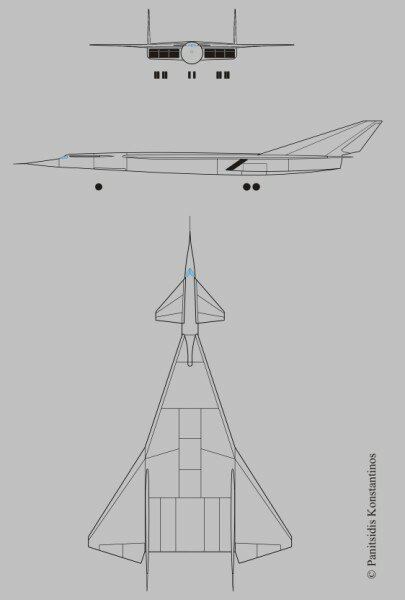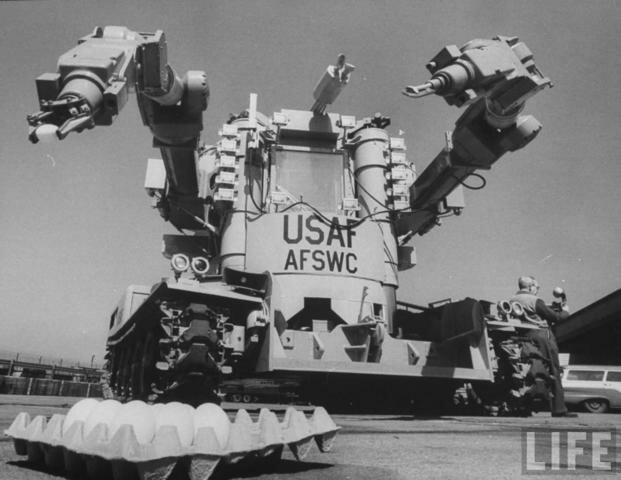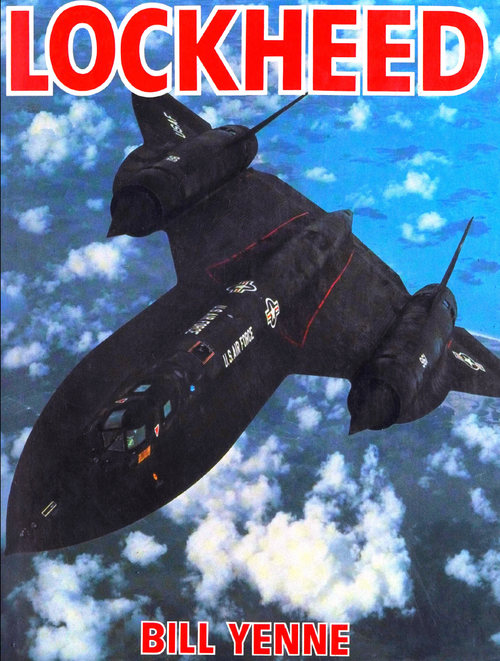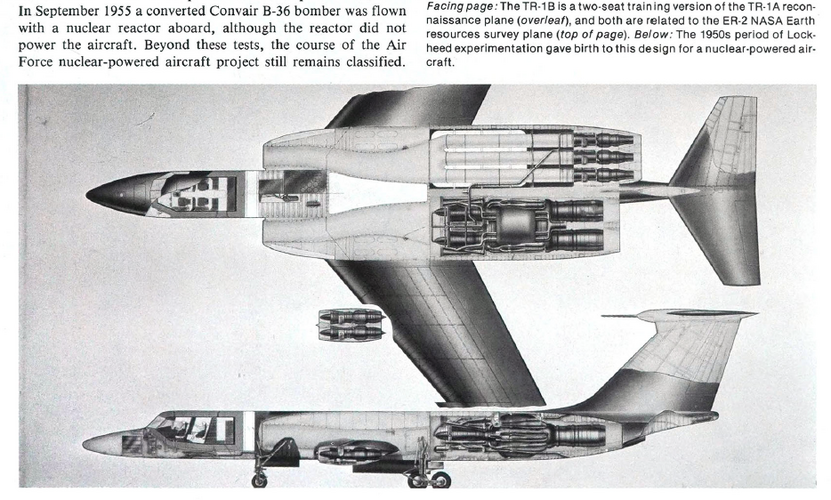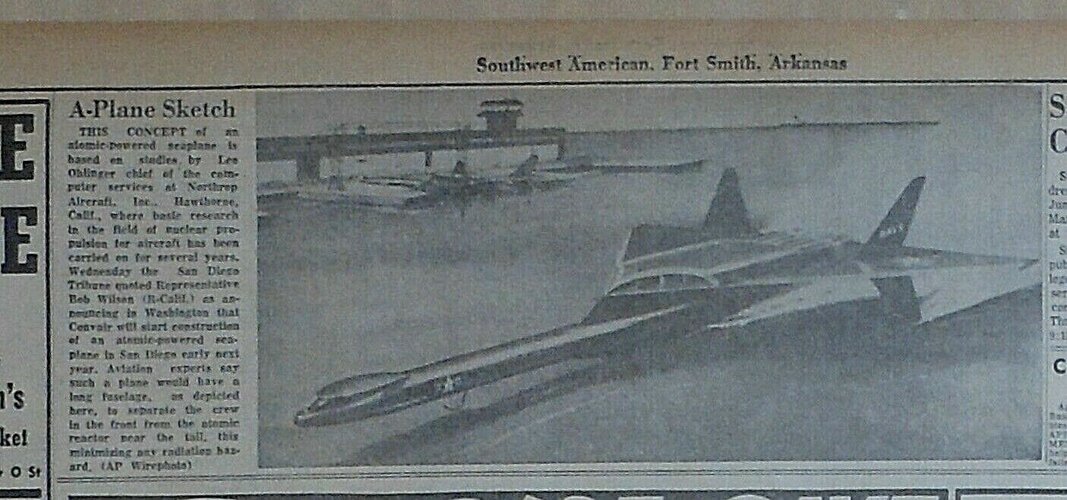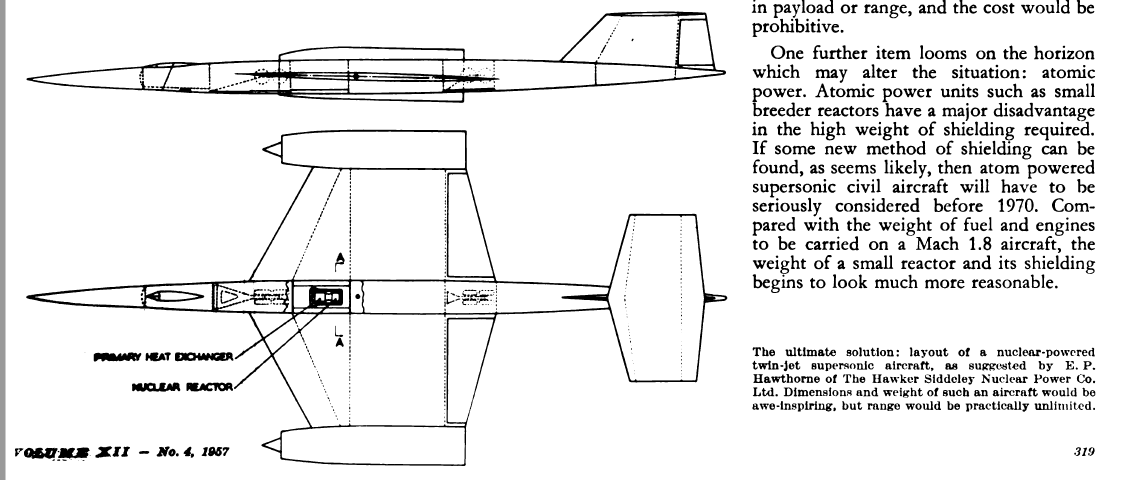- Joined
- 11 March 2012
- Messages
- 3,253
- Reaction score
- 3,190
Purely speculation:
Posts #97 and 255 remind us that distance is a good insulator. That helps explain why #55 had such large wing tip pods. If you mount crew on one wing tip and the reactor on the far wing tip, you create the greatest possible distance for crew protection. It also only requires heavy shielding on one side of the cockpit.
This concept works best on high aspect-ratio, sub-sonic wings.
As an aside, circa 1945, the USAAF test-flew a B-17 with a wing tip mounted gun turret. Test crew enjoyed the ride!
Posts #97 and 255 remind us that distance is a good insulator. That helps explain why #55 had such large wing tip pods. If you mount crew on one wing tip and the reactor on the far wing tip, you create the greatest possible distance for crew protection. It also only requires heavy shielding on one side of the cockpit.
This concept works best on high aspect-ratio, sub-sonic wings.
As an aside, circa 1945, the USAAF test-flew a B-17 with a wing tip mounted gun turret. Test crew enjoyed the ride!

